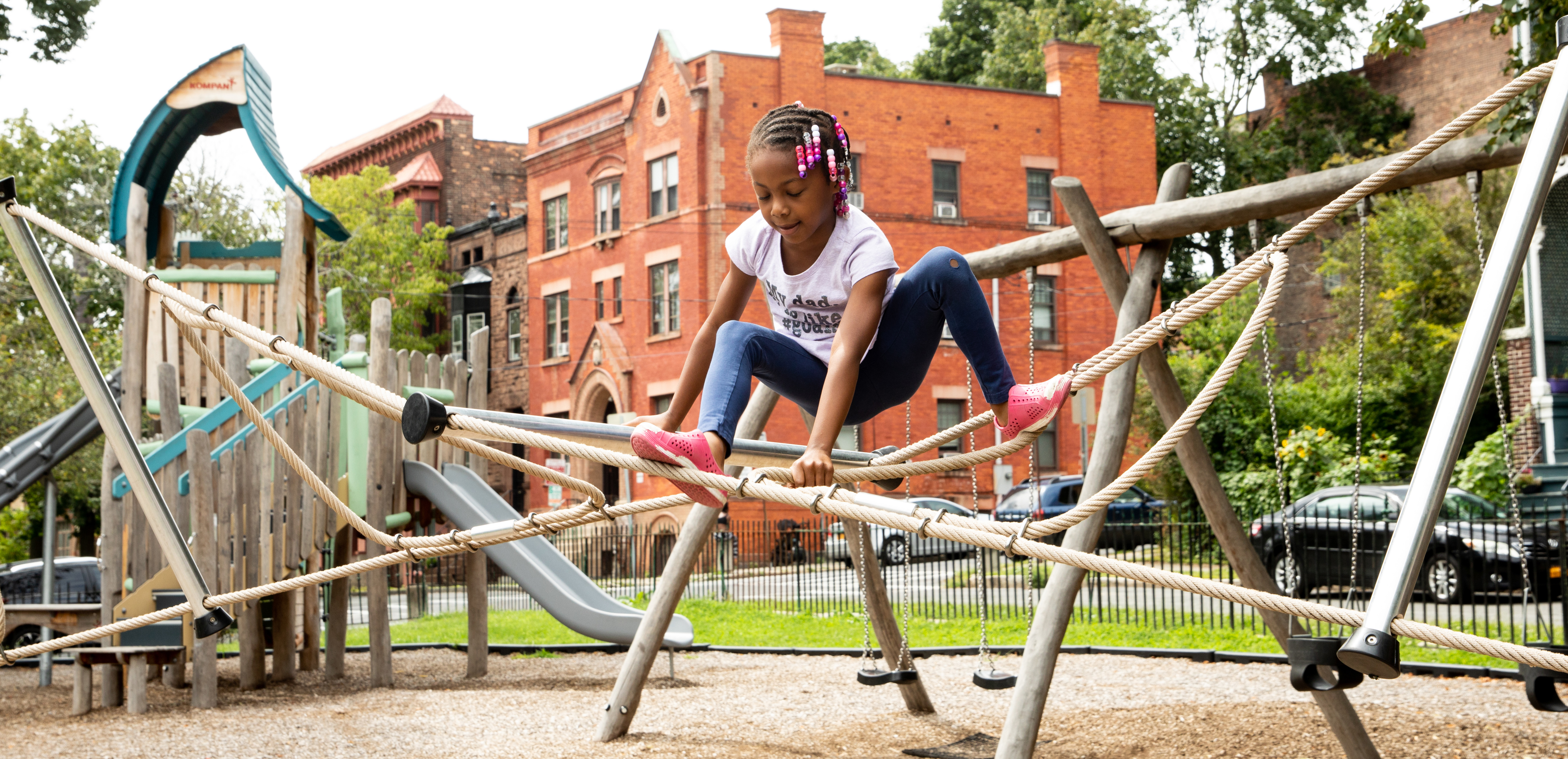The geography of neighborhood opportunity: too many kids are left out
 Photo/Christopher Lane
Photo/Christopher LaneNew research from the Institute for Child, Youth and Family Policy (ICYFP) at the Heller School for Social Policy and Management shows that children’s access to neighborhood conditions that promote their health and development varies widely across the United States. The research also shows that a child’s race or ethnicity strongly predicts whether he or she lives in a place with access to good schools, healthy foods, parks and playgrounds, and living-wage jobs.
ICYFP’s updated Child Opportunity Index (COI 2.0) was released on Jan. 22. It shows that black children are 7.6 times more likely than white children to live in neighborhoods with substantially lower opportunity to grow up healthy, and Hispanic children are 5.3 times more likely than white children to live in neighborhoods with lower opportunity. In contrast, the majority of white and Asian/Pacific Islander children live in higher-opportunity neighborhoods.
“The COI is unique because it provides for every U.S. neighborhood a consistent and current metric of whether children have what it takes to grow up healthy,” said lead researcher Dr. Dolores Acevedo-Garcia, the Samuel F. and Rose B. Gingold Professor of Human Development and Social Policy, and director of ICYFP. “This matters because the index gives us the ability to use contemporary data to identify child opportunity gaps and inform policy change that is needed to create more equitable neighborhood conditions so that all children can thrive.”
Acevedo-Garcia and her team at ICYFP intend for the index to be used by policy makers, community leaders, journalists or anyone who wants to better understand the geography of opportunity in the U.S. The release of the index attracted media coverage at The Washington Post, CNN, Axios, and in December, NPR previewed the release of the data.
Categories: Humanities and Social Sciences, Research





